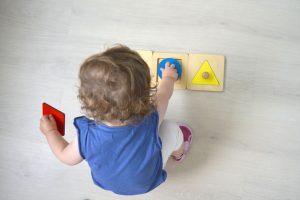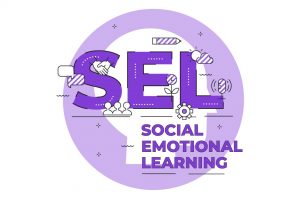Every educator, whether they’re stepping into their first classroom or their fiftieth, knows the crucial role that classroom management plays in setting the tone for learning. A well-managed classroom can be the crucible for creativity, discovery, and growth, while its opposite can stifle and disrupt potential. This article delves into some of the most effective classroom management techniques, all aiming to inspire and cultivate an optimal learning environment.

1. Setting Clear Expectations from Day One
It’s essential to start the academic year by laying out your expectations. Clear rules, consistently enforced, create a predictable environment where students feel safe and understand their boundaries. But remember, it’s equally important to ensure these rules are reasonable, fair, and created with student input where possible.
2. Building Strong Teacher-Student Relationships
The foundation of any well-managed classroom is a strong relationship between the teacher and students. This rapport not only helps in effective communication but also fosters respect. Taking the time to understand each student’s individual needs and backgrounds can go a long way in ensuring a harmonious classroom.
3. Engaging Lesson Plans
An engaged student is less likely to be a disruptive student. By crafting lessons that are interactive, dynamic, and tailored to the students’ interests, you can capture and hold their attention, making classroom disruptions less frequent and less severe.
4. Encouraging Student Ownership
Giving students responsibility in the classroom can dramatically boost their engagement and motivation. This could mean allowing them to lead certain parts of the lesson, manage class resources, or even help in setting classroom rules. When students feel ownership over their learning environment, they’re less likely to disrupt it.
5. Consistent Consequences
While it’s essential to foster a positive environment, there will inevitably be times when you need to address disruptive behavior. Ensure that consequences are consistent, fair, and immediately follow the unwanted behavior. Over time, this consistency helps students understand the boundaries and respect them.
6. Foster Peer Respect
A harmonious classroom is built not just on the relationship between teacher and students but also between the students themselves. Encourage activities that foster teamwork, mutual respect, and understanding. This can be done through group projects, role-playing, and other collaborative exercises.
7. Incorporating Technology with Caution
While technology offers innovative ways to engage students, it can also be a source of distraction. Use technology wisely in the classroom, ensuring it adds value to the lesson and doesn’t divert attention.
8. Staying Updated with Professional Development
The realm of education is ever-evolving. Techniques that were effective a decade ago might be obsolete today. Regularly attending professional development sessions can help educators stay updated with the latest strategies and methodologies in classroom management.
In closing, while these strategies provide a foundation for classroom management, it’s essential to remember that each classroom is unique. The key lies in understanding the unique dynamics of your classroom and being flexible in your approach, adapting and molding techniques to best suit your students. With patience, consistency, and understanding, every educator can create a classroom where every student thrives.















Add Comment